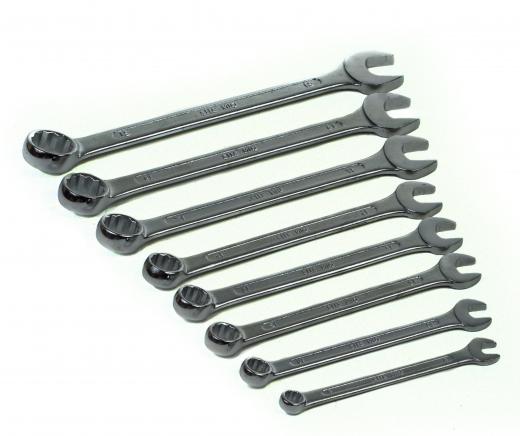A plastic screw is a type of fastener used for making mechanical connections between mating objects. These screws are commonly used in consumer electronic devices, small home appliances, and in many other applications where a metal fastener is not required or cannot be used. Plastic screws are lightweight, tough, resistant to corrosion, and have good electrical-insulating properties. They conform easily to irregular surfaces and provide some vibration dampening.
A plastic screw is tightened directly into a threaded, or tapped, hole and can be used with or without a nut. It has a large head on one end and a cylindrical shaft with an external thread — a helical structure that allows the screw to be advanced when rotated. The tapped hole or nut has an internal thread that matches the external thread of the screw. When a plastic screw is inserted and rotated into a tapped hole or nut, the screw advances. The screw is tightened and loosened by applying torque to the head using a tool.

Plastic screws are available in a wide variety of materials, including Nylon, PVC, Polypropylene, Phenolic, Teflon®, and many others. The screw's material will affect its holding strength, electrical resistance, moisture absorption properties, and physical appearance. A plastic screw can generate a significant clamping force when tightened, but the amount of clamping force is limited, due to the lower strength properties of plastic compared to steel. For this reason, plastic screws are usually not used for large-scale or heavy-duty mechanical fastening applications.
There are many different types of plastic screws available. A few common types include the pan head — which has a flat profile, with rounded edges and a recessed slot for use with a screwdriver — and the hex head, which has a hexagonal shape for use with a spanner or socket wrench. A plastic screw without a head, known as a set or grub screw, can also be purchased for special applications. Thumb screws and other styles that allow tightening without a tool can also be purchased in a variety of plastic materials.
Plastic screws are readily available in both English and metric sizes, and with a wide variety of coarse and fine threads. Some plastic materials, such as Nylon, will readily absorb moisture from the environment, which can cause a distinct change in the dimensions of the screw. This effect needs to be considered when a change in the screw dimensions could adversely affect the integrity and functionality of the mechanical connection.
